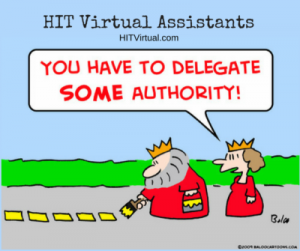It is crucial for any business to have a smart commercial strategy regarding their trade marks and domain names.
Domain names can usually be registered quickly and inexpensively. Top Level Domain(TLD) is the suffix such as .us or .uk or .fr-it denotes the country.
Within TLDs there are 2 sub-categories
1. Generic TLDs such as .com,.net,.org,.biz. These domain names do not have to be distinctive and do not indicate geographic origin.
2. Country Code TLDs which are administered by the domain registry of the relevant country.
Domain name disputes
Domain name disputes have been resolved generally in one of 2 ways-either in court or by reference to the alternative dispute resolution procedure provided by ICANN.
This body has adopted the UDRP (Uniform Domain Name Dispute Resolution Policy) which apples to generic TLD name disputes.
Some country code administrators have incorporated this procedure into their registration agreements.
This UDRP procedure has been very successful and has resolved many domain name disputes; however it does not provide for damages and so a company that needs immediate injunctive relief and damages will be advised to head for court rather than the UDRP procedure.
Generally the relief provided is simply to have the domain name transferred to the plaintiff.
To win relief at the UDRP you will need to show 3 things
1. the complainant must show that the name is confusingly similar to the name in which the complainant has rights
2. the existing holder has no legitimate interest or rights in the domain name
3. the complainant must show bad faith on the part of the holder of the domain name.
The holder of the domain name can reject the complainants case if he could show bona fide use of the name, non commercial use with no intention to profit, evidence that the respondent is known by the domain name.
UDRP also recognise the phenomenon of Reverse Domain Name Hijacking which is the occasion when the plaintiff uses the policy in bad faith in an attempt to deprive a registered holder of a domain name of that name.
In ccTLD disputes the domain name registry require further proofs before they cancel or transfer a domain name.
Conclusion
It is clearly impossible to register all domain names and trade marks which they may feel they need to protect their intellectual property.
Sometimes it is more cost effective to purchase the name from the offender rather than go to court or UDRP.
It is important to recognise the difference between trade marks and domain names and it is prudent for a company to register each of their domain names as a trade mark.
Because otherwise their domain name could be registered as a trade mark by a 3rd party.
(303)








